I want to determine a dynamic model (transfer function or state-space) of a non-ideal transimpedance amplifier to which is connected a photodiode at its input and a load (RC parallel).
simulate this circuit – Schematic created using CircuitLab
My approach to this was to first describe the circuit with the following equivalent circuit.

The op-amp open-loop behavior is modeled with a second order low-pass filter and a voltage-controlled voltage source.
My goal is to find the transfer function Vout/Iin, or a set of state-space equations that would completely described this circuit dynamics. I'm a bit confused whether or not I'm allowed to used superposition principle here because of the VCVS. This thread (Superposition principle: Dependent sources treated as independent sources) provides me a great deal of information on the subject but I'm still unsure if I can safely turn off the source. Based on the previous thread, I assumed it is allowed in my case because the controlling variable of the VCVS (Vin) is not turned off (instead, Iin is).
I first tried with equivalent impedances and superposition (turning off the current source, solving for Vout, turning off the VCVS, again solving for Vout and sum up the two results) but when plotting the Bode diagram on Matlab, the result was incorrect.
Then, I tried with the state-space approach but I simply didn't manage to get it work with 5 states (Vin, Vf (voltage accross feedback network) and Vout). I know that there is basically 5 energy storage components (Cin, Cf and CL and the two capacitors from the internal op-amp model) so I assumed 5 state for this circuit but maybe I'm wrong.
So my questions are:
- Is my equivalent circuit a good starting point for my initial goal?
- Am I allowed to used superposition as described above for both methods (transfer function and state-space)? If no, can someone please provides more details on why it is not allowed in my case?
- Is my assumption on the number of state correct?
